SUMMARY
This is AI generated summarization, which may have errors. For context, always refer to the full article.
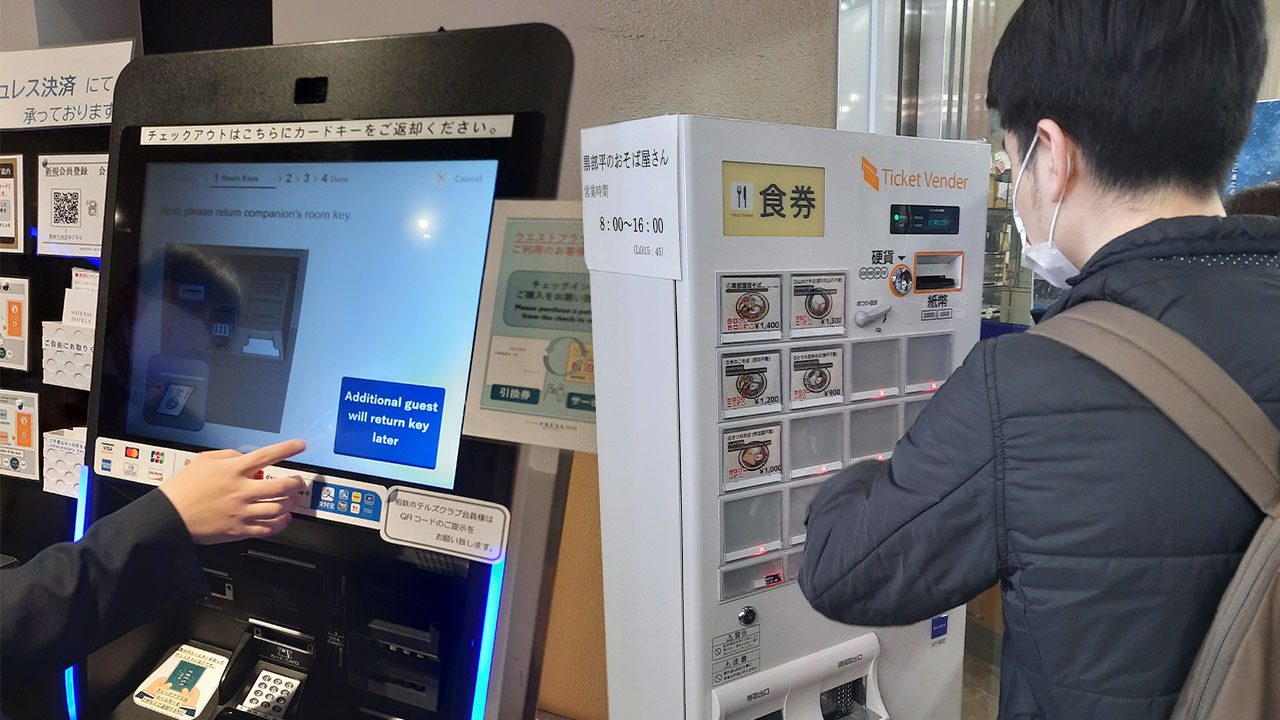
NAGANO, Japan – Due to labor oversupply, unreliable power, and poor security in the Philippines, it’s not likely that these labor-saving technologies and systems in Japan will be adopted on a wide scale.
For over half a century now, Japan has had these vending machines that make their food and hospitality industries more productive.
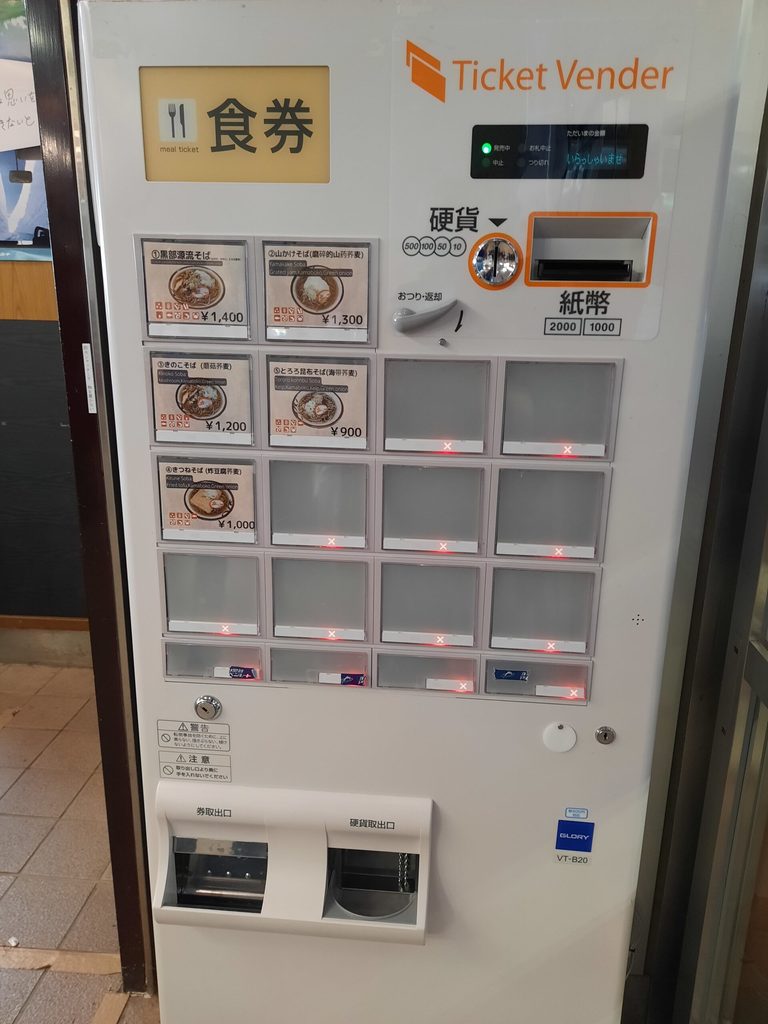
In the food business, for instance, the most common is this ticket vending machine (see photo above) which eliminates the need for food servers and cashiers.
This fast-food noodle outlet (photo below) in a tourist spot in the uplands of Tateyama, Toyama City, Toyama Prefecture in Japan offers five types of noodles. Customers just click any of the five buttons, slip in their bill or coins, then get the change and a meal stub. If the dish is no longer available, the meal button flashes an X.
The order is automatically seen by the cook who then begins to prepare the dish.
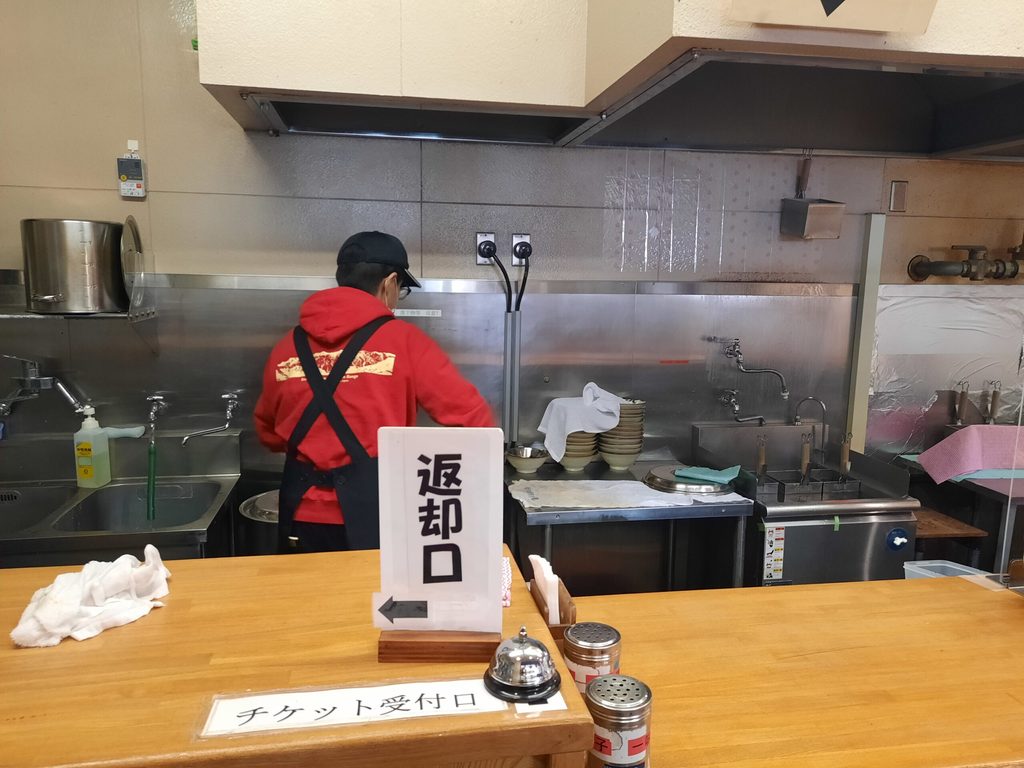
This noodle restaurant (above), believe or not, has only one cook, but he’s able to serve hundreds of customers in one day per shift.
What makes it work as a one-cook shop is that the ingredients – tofu, green onions, mushroom, kamaboko or fish cake – are already pre-cut and prepared before the restaurant opens, so the cook only has to put them in the bowl, heat the noodle with broth for a few minutes, and pour the noodle and broth in the bowl. The cook presses a bell when the dish is ready. A customer gets his noodle dish in less than five minutes.
In cities like Tokyo and Osaka, there are many of these noodle shops but with more cooks, usually around two per shift, since they have more customers and operate for longer hours.
According to the Japan Vending System Manufacturers Association (JVMA), there were 63,600 ticket vending machines for meal tickets, admission tickets, among others, as of December 2023. Ticket vending machines only dispense tickets, not food and beverage.
(Editor’s note: The JVMA’s sub-total for ticket vending machines as of December 2023 is 63,600, not 49,500 as an earlier version of this article reported.)
Food vending machines
Vending machines gained popularity in Japan in the 1950s, starting with beverage vending machines.
In the ’70s, vending machines began to sell not just cold drinks but also hot beverages such as coffee and tea.
JVMA data show there were 2.63 million vending machines (food, beverage, cigarettes) in Japan as of end of December 2023. This number excludes the 1.292 million automatic service machines such as money changers, payment machines in parking lots, hotels, and coin lockers.
The JVMA says Japan has the highest penetration rate of vending machines in the world based on population and land area. With 122 million people, there’s around one vending machine for every 30 Japanese.
Beverage vending machines comprise the biggest number with 2.218 million. These dispense soft drinks, milk drinks in carton boxes, coffee, tea, and beer. The JVMA says a typical vending machine has 500 cans of beverages.
Most of these vending machines, often seen in train and bus stations, roads, sell drinks, but there are also those that sell food.
Among the food these vending machines dispense are instant noodles, sandwiches and frozen food such as ice cream, sweets, rice, and even eggs.
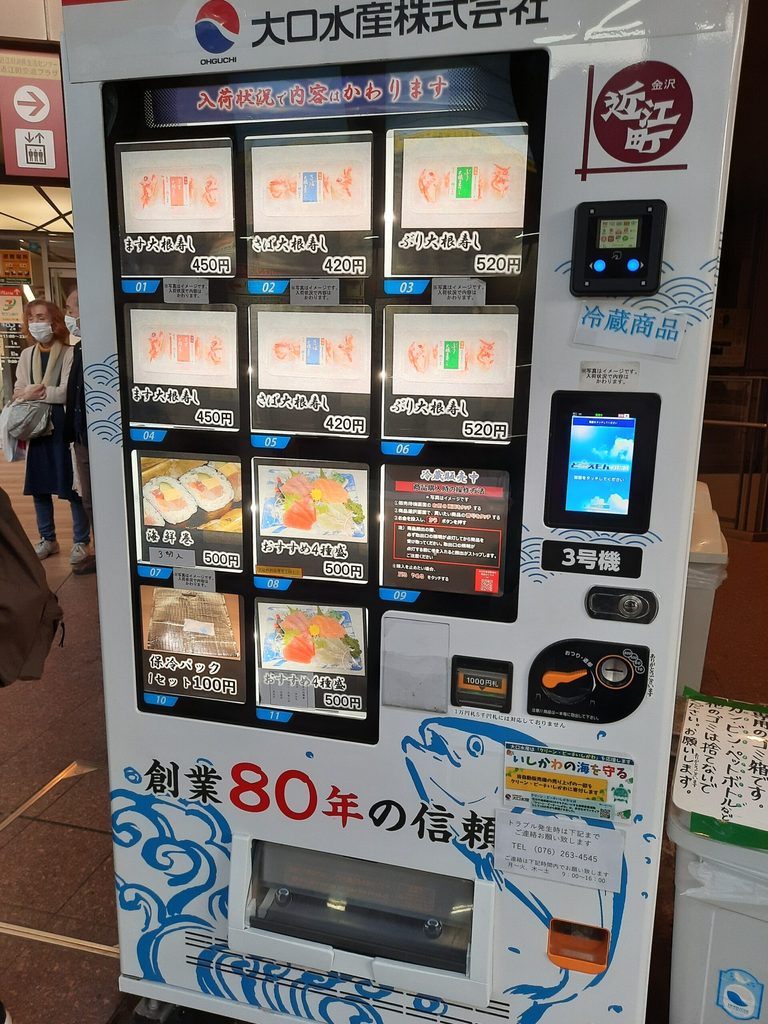
One of the unique ones I’ve encountered is this sashimi and sushi vending machine (photo above) outside the Omicho Market in Kanazawa City, the capital of Ishikawa Prefecture in Central Japan. It sells four types of assorted sashimi for 500 yen; yellowtail radish sashimi for 520 yen; mackerel radish sashimi for 420 yen. It has one type of sushi which sells for 500 yen.
Each plastic bento comes with a small pack of ice. It also sells an extra cold bag for 100 yen.
These food vending machines aren’t as common as beverage machines. As of end of December 2023, there were 81,000 such machines in Japan, according to the JVMA.
Self-check-in kiosks
In recent years, many hotels in Japan have installed self-check-in kiosks such as this one in a hotel in Nagano.
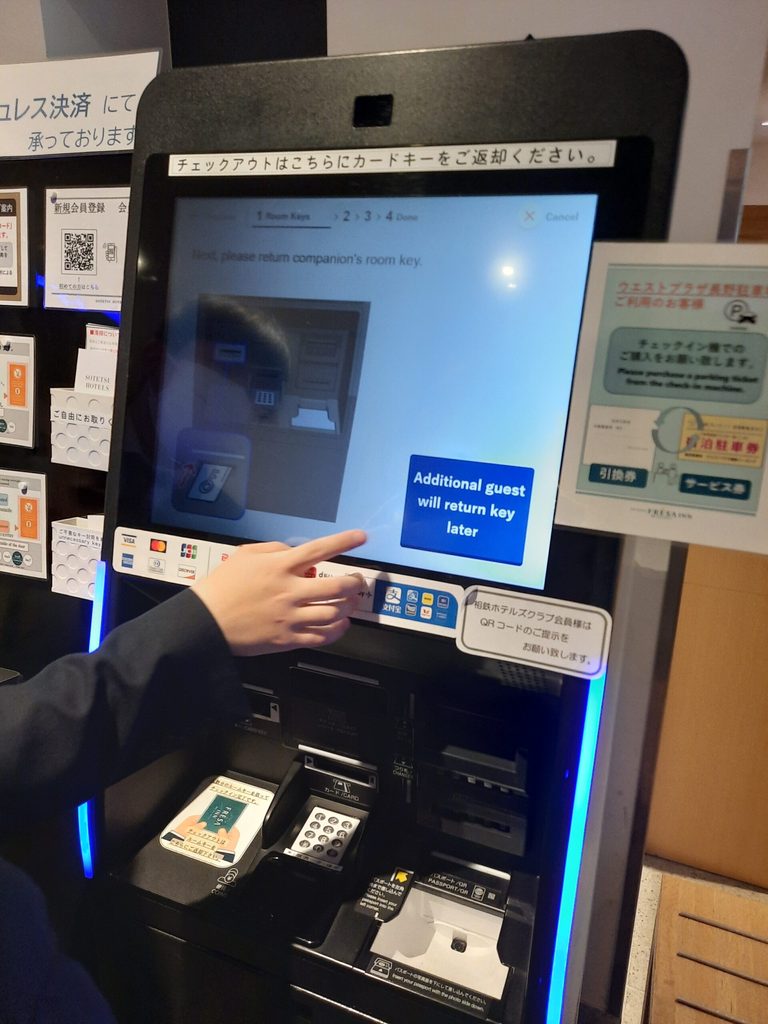
These kiosks eliminate the need for front desk personnel and reduce the time for checking in and checking out, but only if guests are familiar with it.
A hotel guest, especially foreigners in Japan, may take long due to unfamiliarity and language difficulty, although there is an English option in the menu. Fortunately, there’s a hotel staff who assists guests.
The main menu asks if it’s check-in or check-out. It also asks if the guest wants breakfast tickets. There’s an option for customers who have no reservations.
The machine asks the guest to scan their passports, and it dispenses the room key.
The kiosk dispenses parking tickets for those who bring cars. It handles payments via cash or card such as Visa, Mastercard, American Express.
If you’re not familiar with the system, you’ll really miss the human interaction that comes with the traditional check-ins. The kiosk doesn’t answer questions.
These kiosks probably won’t last long since the emerging technology is customer check-in via mobile phones, like what some airlines now have.
Aside from labor shortage and high cost of labor, among the reasons for the widespread use of these machines in Japan is good security.
Travel website Japan-guide.com says “almost none” of these machines are vandalized or non-functional,” but that wasn’t the case for a long time.
According to the research paper, “History of the Development of Beverage Machine Technology in Japan,” published in 2007 in the National Museum of Nature and Science: Survey Reports on the Systematization of Technologies Volume 7, there were 222,328 “vending machine crime” incidents in 1999 but the number went down significantly from the start of the 21st century after the machines were reportedly fitted with sensors that warned the police of attacks. Some of these attacks involved the use of power tools such as electric drills.
Aside from good security, the JVMA says other factors for the popularity of vending machines are the mass circulation of 100 yen coins, development of canned coffee and hot and cold vending machines, and the introduction of ticket vending machines in Japan’s trains which made the system familiar with the Japanese.
There’s also a whole sub-sector behind these vending machines: firms that deploy people to make sure the machines are regularly stocked and goods are fresh (not close to expiring) and properly maintained, as well as people who collect the cash and coins, among others.
Self-order via tablets
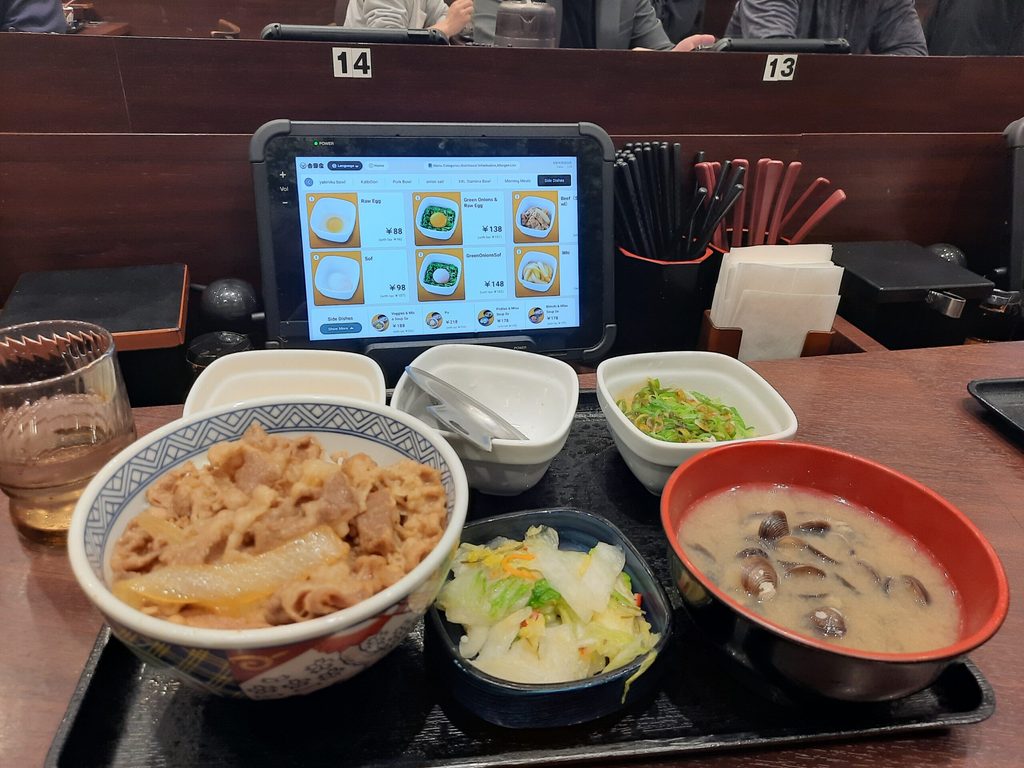
A related productivity tool that select dine-in restaurants in Japan have adopted is this self-ordering system via a tablet. Popular restaurants such as Yoshinoya have this, which substantially reduces the need for food servers. Japanese restaurant Yayoi in some Philippine malls have this, too.
This technology is similar to fast-food chain McDonald’s Philippines’ self-ordering kiosks, which is slowly becoming common for those dining in.
Many Filipinos are becoming familiar with this system because they now order food deliveries with their smartphones.
Apps and artificial intelligence will probably trigger more changes in the Philippines’ labor force than vending machines and self-order tablets.
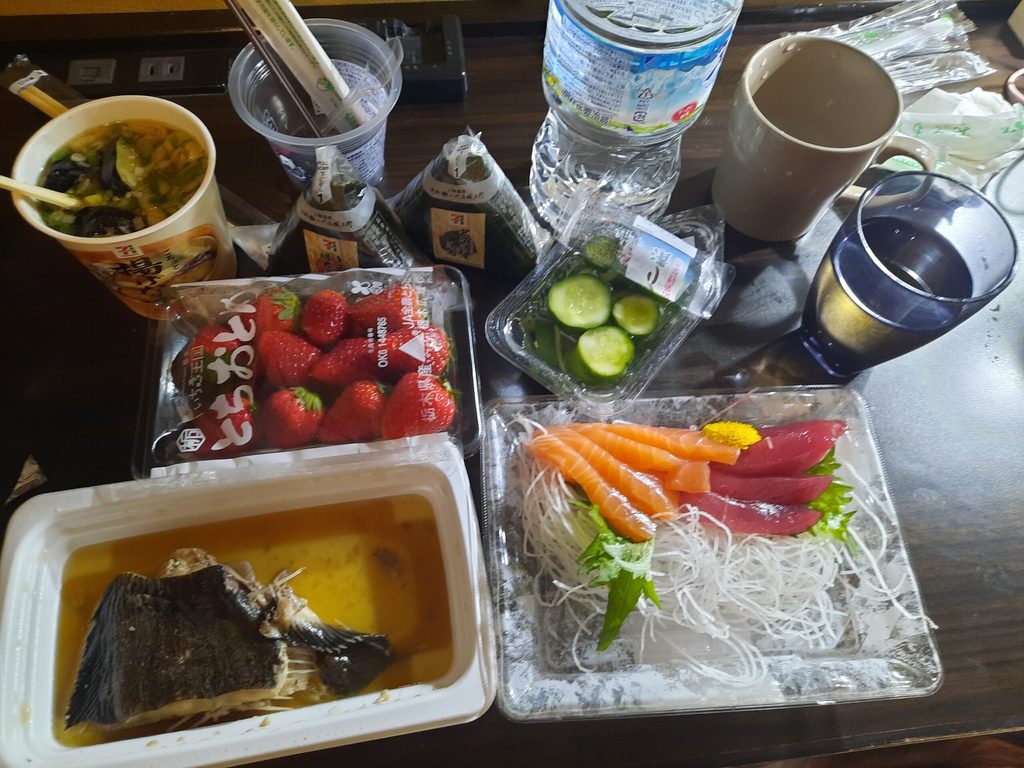
Personally, however, I prefer human interaction over these machines. Nothing beats talking to and getting to know people when you buy food and beverage in sari-sari stores or order food in restaurants. – Rappler.com
ALSO ON RAPPLER
- ‘Better Chicken McDo’ helps make 2023 a ‘big year’ for Golden Arches
- ‘Di nangangamote: Inspirations from Japan’s sweet potato industry
- Wishing for surot-free airport sofas like these
- Don’t want ‘overtourism’ in Japan? Try Hokkaido
- LOOK: Colors of winter, tinges of spring at Hasedera in Kamakura, Japan
Add a comment
How does this make you feel?


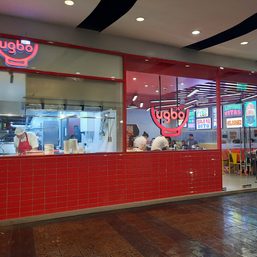


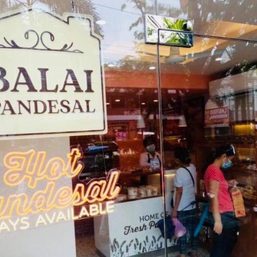
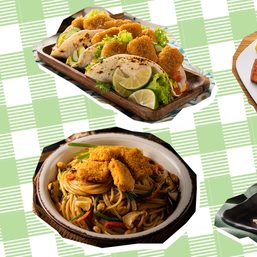
![[ANALYSIS] Reflections on Japan’s cherry blossom tourism](https://www.rappler.com/tachyon/2024/05/20240413_113501-scaled.jpg?resize=257%2C257&crop=402px%2C0px%2C1920px%2C1920px)
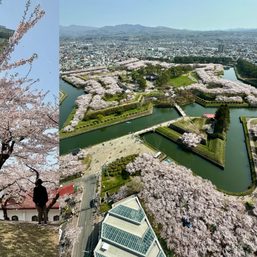


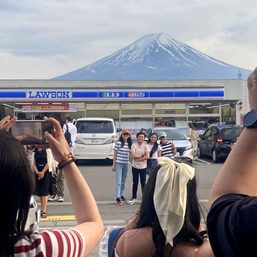





There are no comments yet. Add your comment to start the conversation.